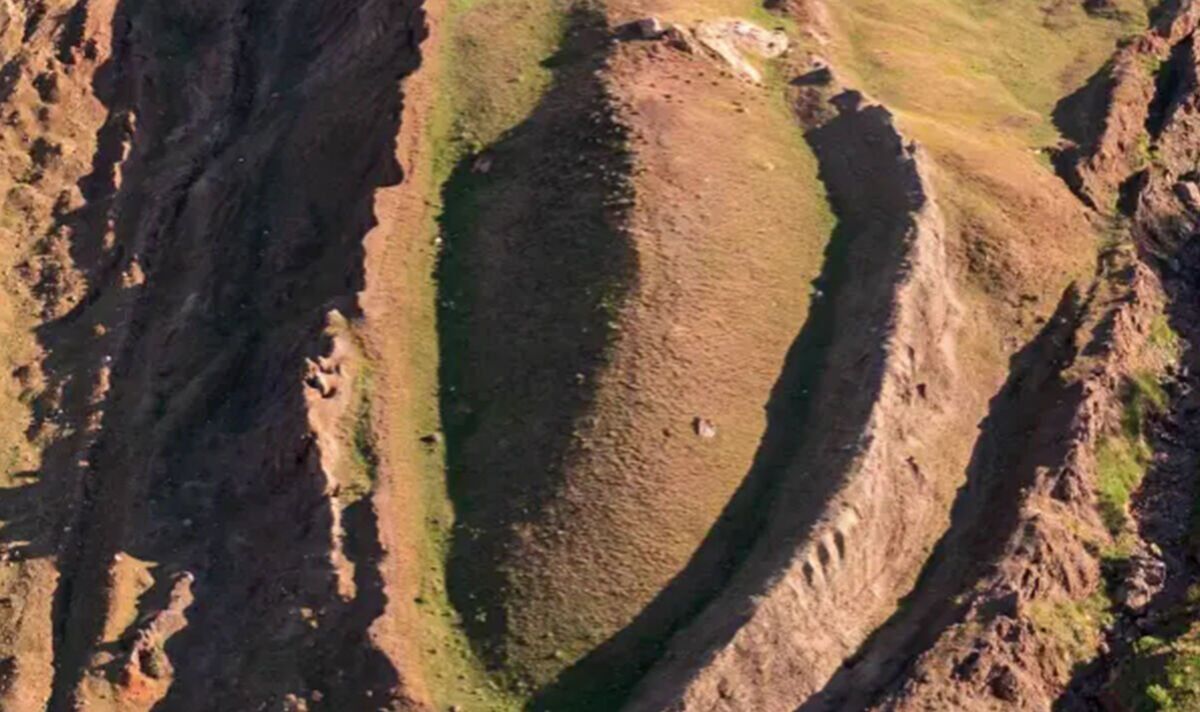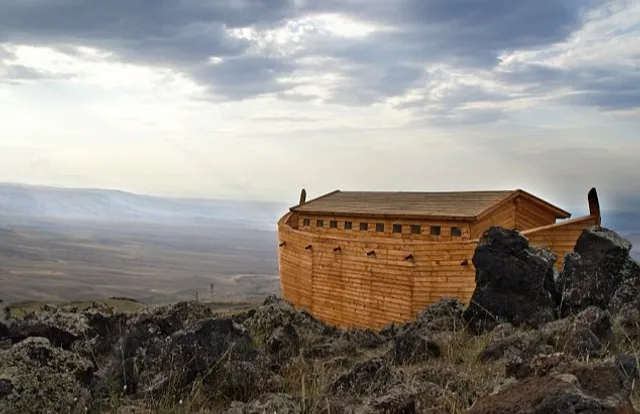Evidence from Noah’s ark site in Turkey suggests human activity from Biblical Times
In a fascinating discovery with possible biblical implications, scientists are investigating a site in the eastern mountains of Turkey that might be where Noah’s Ark once rested.
This legendary ark is famous for saving humanity and animals from a huge flood, a story told in Christianity, Judaism, and Islam. Now, a team of scientists from Turkish and American universities is trying to find out if there’s any truth to this ancient tale.

For years, people have wondered about the real location of Noah’s Ark. In 2021, three universities teamed up to study a site in the Doğubayazıt district of Ağrı, Turkey, known as the Durupinar formation. This area has been of interest since 1956, and in December 2022, the “Mount Ararat and Noah’s Ark Research Team” began their investigation.
The scientists collected rock and soil samples from the site and discovered something incredible. These samples were dated to be between 3500 and 5000 years old, around 3000 B.C., which matches the time of the biblical Great Flood. Dr. Faruk Kaya from Ağrı İbrahim Çeçen University pointed out that these findings indicate human activity in the region during this period, known as the Chalcolithic period. While this doesn’t prove the ark was there, it does show that people lived in the area when the ark was supposed to have existed.

The site is less than two miles from the Iran-Turkey border and near the summit of Greater Mount Ararat. According to the Book of Genesis, the ark came to rest in the “mountains of Ararat” after the flood. One of the most interesting features of the Durupinar formation is its boat-like shape, which is about 538 feet long. This matches the biblical description of the ark’s size, adding to the curiosity of scientists and researchers.
Despite these intriguing findings, it’s important to be cautious. Dr. Andrew Snelling, a young Earth creationist, has argued that Mount Ararat couldn’t be the ark’s location because the mountain formed after the floodwaters receded. This ongoing debate shows how the story of Noah’s Ark continues to captivate people.
While many experts see the story of Noah’s Ark as more symbolic than literal, the search for the ark’s real location is a fascinating journey. The research being done may change our understanding of ancient history. As scientists continue to explore and analyze the site, the mystery of Noah’s Ark remains a puzzle that crosses cultural and religious lines.
This ongoing quest is a reminder of how human curiosity and the desire to understand our past drive scientific exploration. Whether or not the ark is ever found, the search itself is a testament to our enduring fascination with ancient stories and their potential truths.





